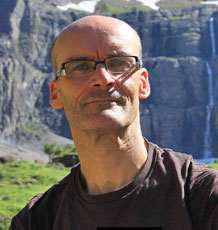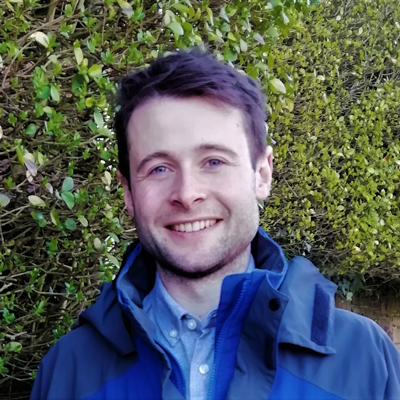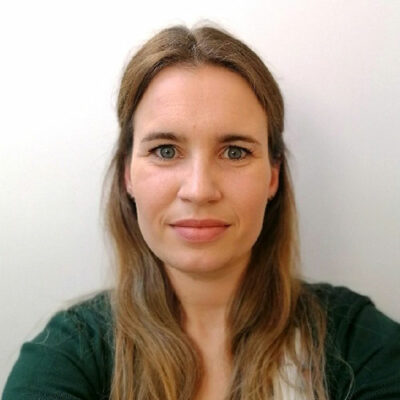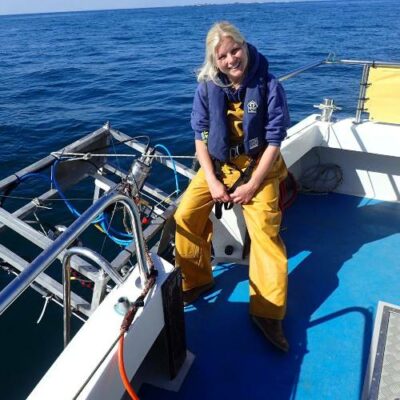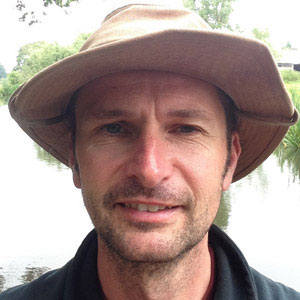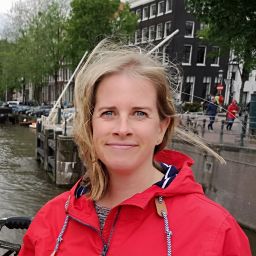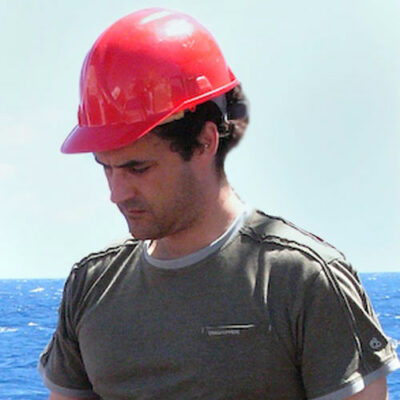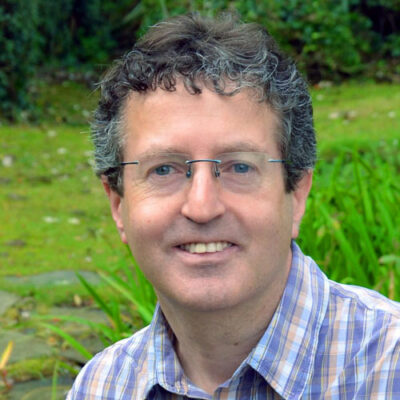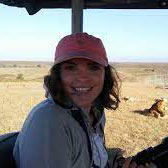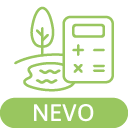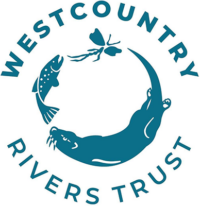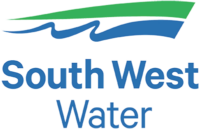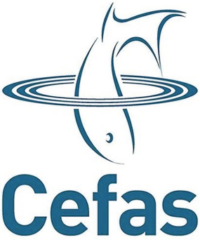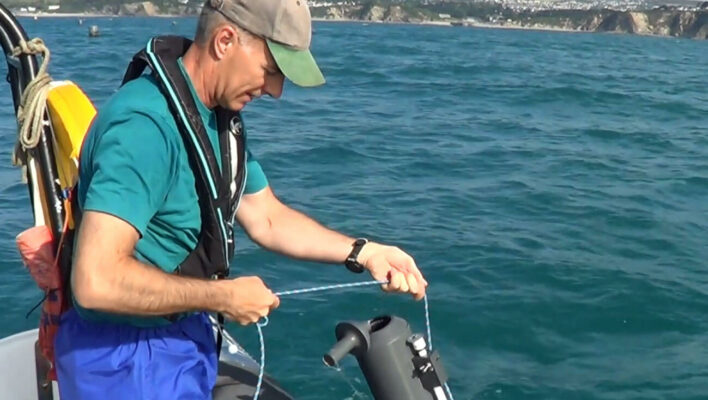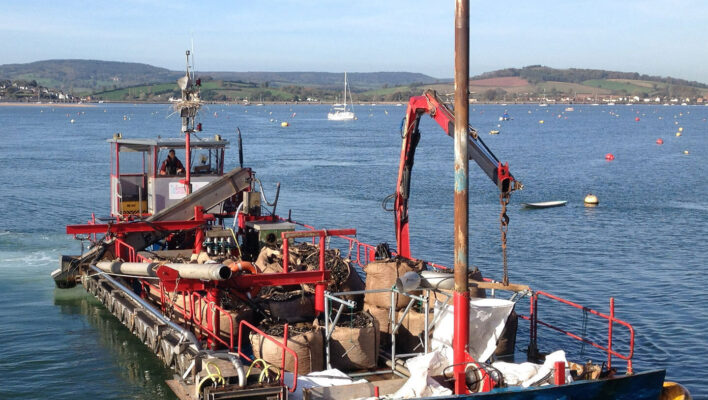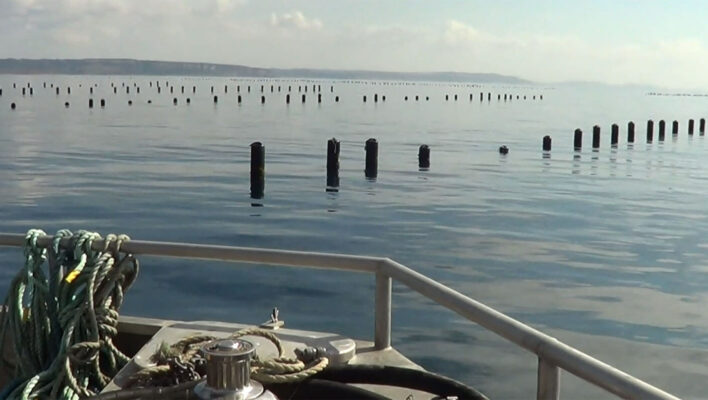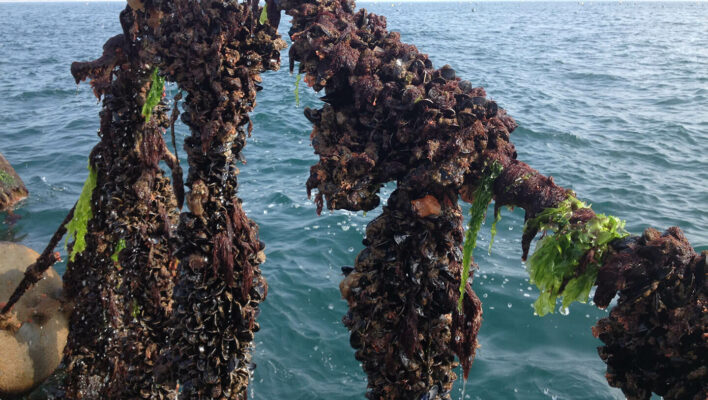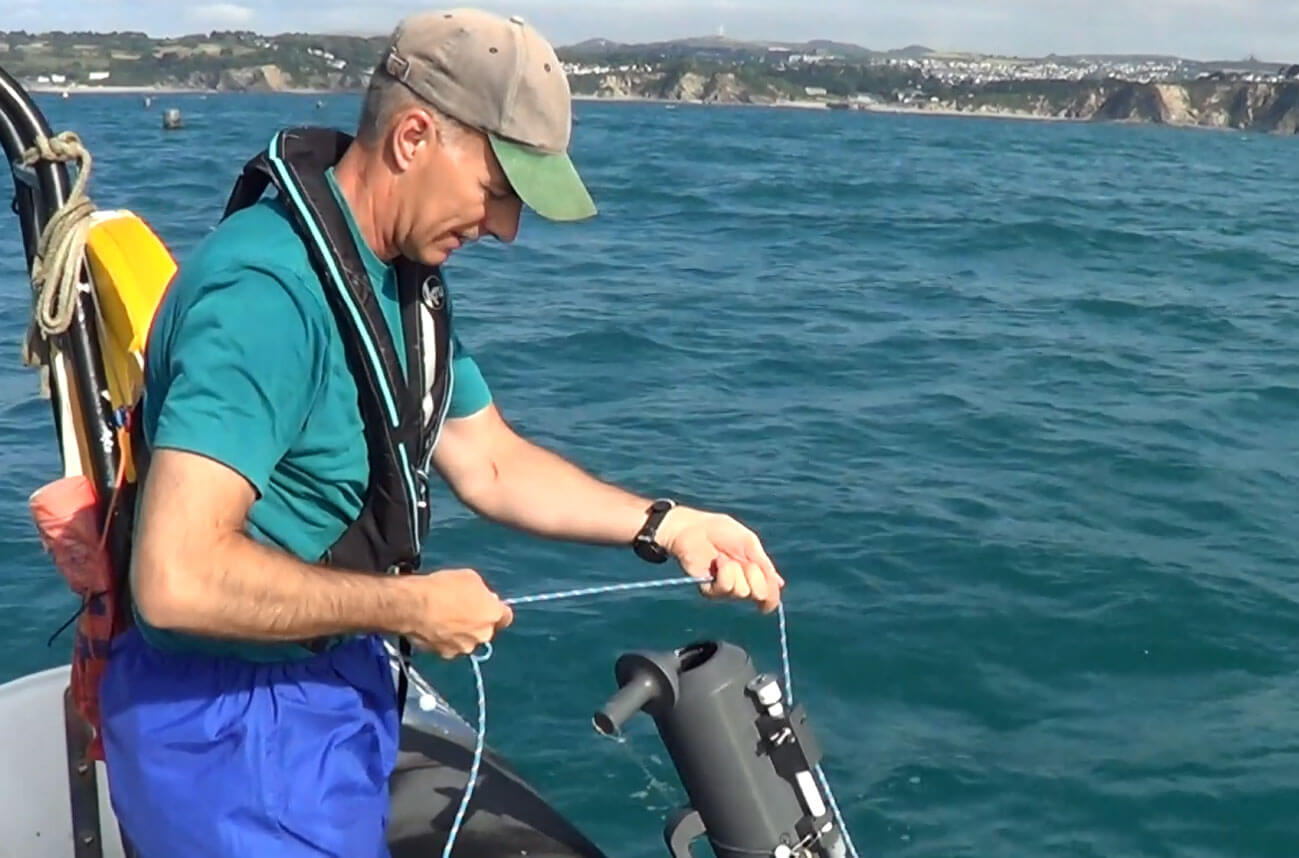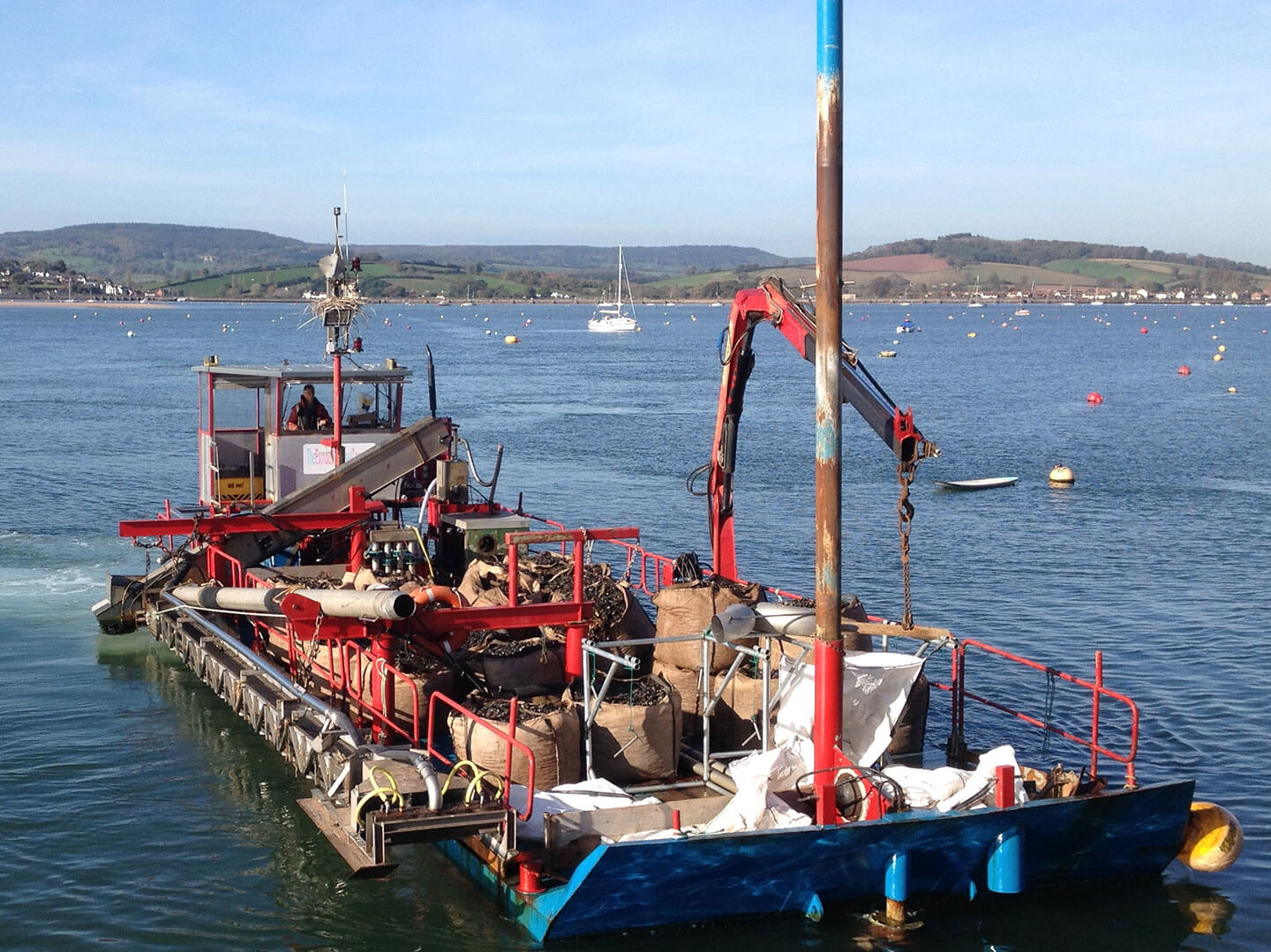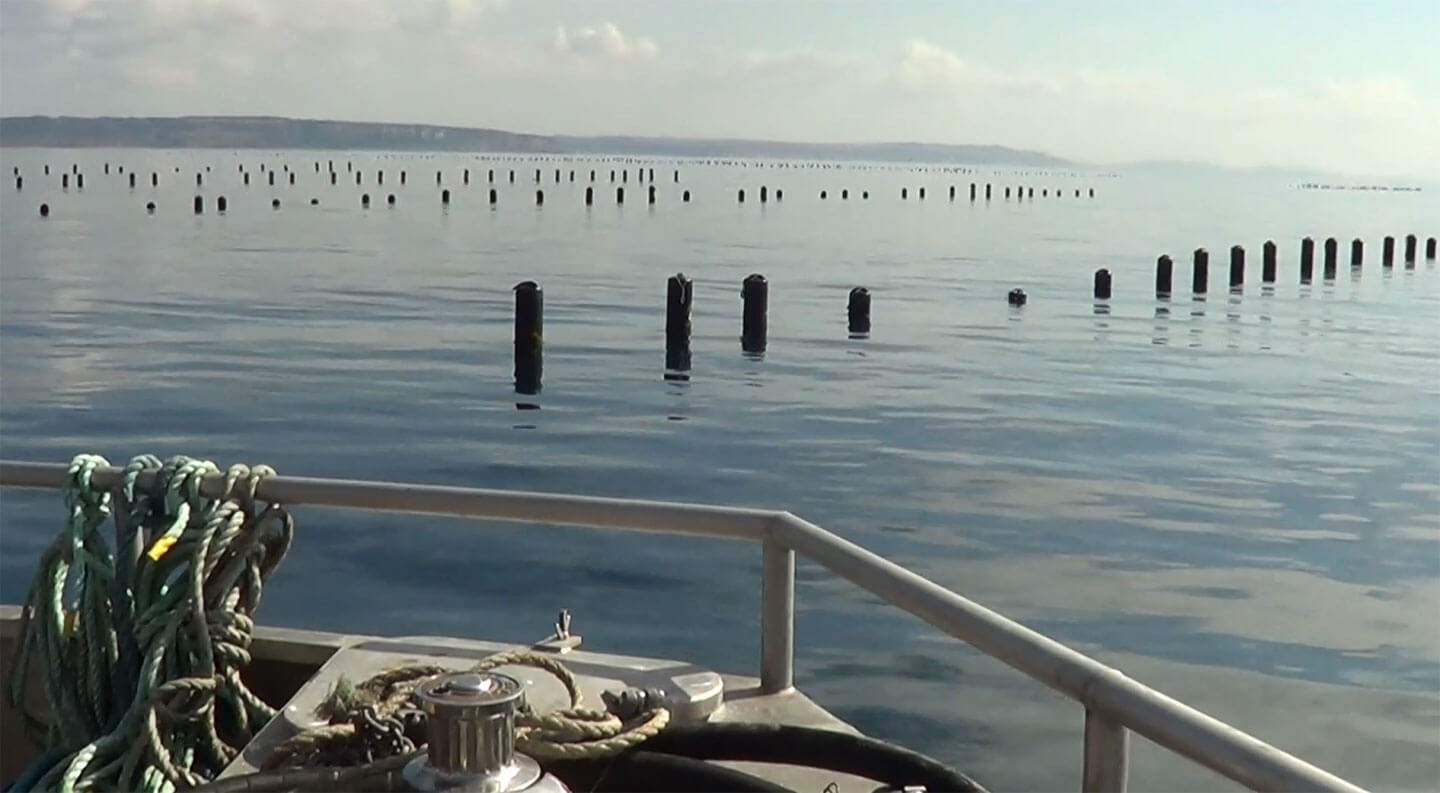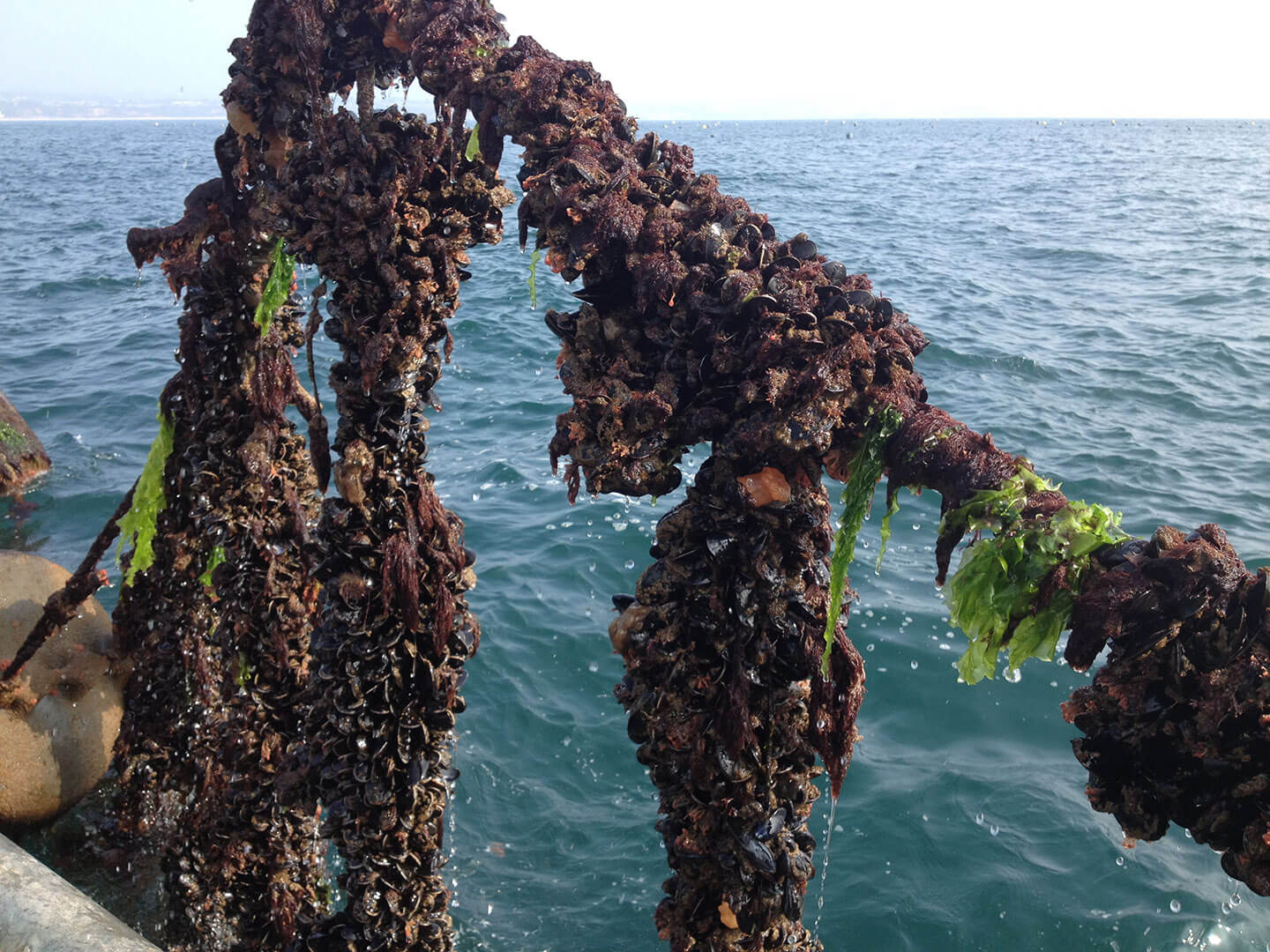Project team
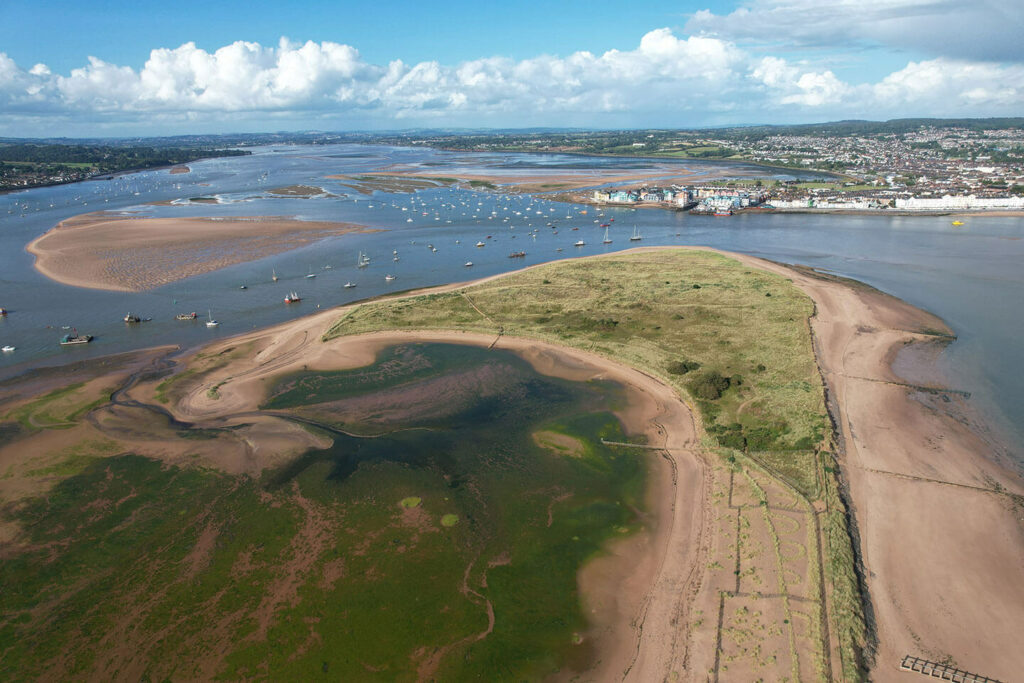
Partners
These findings help to highlight where current and future issues/challenges lie with respect to water quality in the Exe estuary, which is the potential site of our new shellfish business. They have direct relevance to food production businesses, as well as wider stakeholders utilising the Exe, and should serve as an example of best practise when considering catchment management and future planning.
Martin Syvret, Aquafish Solutions Ltd
What we did
Activities included:
- Development of a unique wholescape modelling application – to examine the effects of potential future land use changes on water quality in the Exe Estuary catchment, and associated impacts on shellfish farmed in the Estuary and adjoining coastal waters.
This keystone project activity was strengthened by a range of supporting work packages including development of:- Series of integrated catchment models – for predicting nitrogen, faecal pathogen indicator (E. coli) and copper inputs from agricultural and urban land use and riverine concentrations and loads throughout the Exe Estuary catchment.
- Shellfish production (growth) models: in response to nitrogen and copper exposures in the Exe Estuary and accounting for E. coli exposure and accumulation in the Exe Estuary.
- Future land use scenarios to 2050 affecting water quality and under climate change – co-created with stakeholders.
- Farmscoper models – linking land use change and water quality in the Exe catchment.
- Acid herbicide wash-off exploration tool – exploring the potential impacts of acid herbicide wash-off (i.e. agricultural run-off from grassland) during periods of intense rainfall, on phytoplankton in South West’s estuaries.
- Natural Environment Valuation (NEV) model extension work: (1) for Exe Catchment linked to Future Land Use Scenarios, and (2) Clyst Catchment linked to Future Land Use Scenarios for NEIRF-funded Clyst Bond Canopy Project.
Impacts & benefits
Development of a unique wholescape modelling application – the modelling work provided a ‘proof of principle’ exposition of a complex, whole-system modelling approach developed for the Exe Catchment, connecting future predicted land-use scenarios to freshwater catchment water quality, to estuarine and coastal water quality and effects on shellfish growth and quality (mussels).
Summary findings from this work are:
- By linking a number of modelling approaches, this ‘whole catchment’ approach provides the first highly-integrated method for comprehensively evaluating the effects of potential future land use changes on water quality, and their associated impacts on shellfish farming in estuarine and adjoining coastal waters. Innovations notably include modelling the shellfish uptake of the faecal pathogen indicator E. coli (via ShellSIM) and the valuation of costs and benefits throughout the aquatic system (via the NEV models).
- The application of this approach to water quality in the Exe Estuary catchment and shellfish farming in the Exe Estuary, brings to life the UK’s National Ecosystem Assessment scenarios in the South West for the first time.
- Adopting more sustainable land-use approaches, than currently in operation, will have broadly similar, positive effects on water quality and shellfish production, due to reductions in E. coli and nitrogen inputs. Scenarios: 2) Extensive regenerative agriculture; 4) Increased renewable energy and 5) Strategic tree planting – have similar positive effects on water quality.
- Strategic tree planting is arguably the most straightforward to implement. Extensive regenerative agriculture requires a broad cultural change. The Increased renewable energy scenario is based on positive assumptions about ability to maintain land use for grazing on solar and wind farms and to limit impacts on soil erosion from biofuel cropping, including short coppice rotation.
- A warmer and wetter climate will likely result in increasing waterborne concentrations of nitrogen and copper, due to increasing land runoff, but is likely reduce faecal pollution (E. coli) overall, due to reducing bacterial survival with increasing solar radiation.
- Whilst agricultural sources of faecal pathogens may be equally as important as those from urban and municipal discharges (Brown et al, 2022), the biggest single risk to shellfish production comes from the proximity of mariculture sites to these inputs.
Shaped Exe Estuary Management Partnership strategy – Dr Ross Brown was invited to Chair the water quality breakout group, which shaped partner priorities in the Exe Estuary Management Plan 2022 – 2027 available here.
An article on the SWEEP Wholescapes Exe Estuary Catchment Investigation was published in Newsletter of the Exe Estuary (Management) Partnership. Exe Press Issue 60. Autumn/Winter 2021. (8th Nov 2021) – page 7
Strengthening collaboration and knowledge – Collaborative development of ‘Future land-use scenarios 2050 affecting water quality in South West’ developed connections and common understandings around water quality issues between West Country Rivers Trust, South West Water, National Farmers Union, Food, Farming & Countryside Commission, Natural England Catchment Sensitive Farming, Cefas and Sustainable Aquaculture Futures.
This work supports the case for sustainable land-use and to help farmers and land owners farm efficiently, in a way that has a positive impact on the land, whilst remaining productive.
Hattie Severinsen, Environment and Land Use Adviser, National Farmers Union South West
Looking to the future
A major research proposal is being developed with SWW, for potential funding under the UoE’s Centre for Resilience in Environment, Water and Waste (CREWW; jointly funded by SWW and Research England), to investigate the nature and impact of CSO spills and to develop a risk assessment approach that could be applied more widely across the SWW network and used to inform policy and CSO regulation guidance.


